Home>Garden Essentials>What Is Sustainable Landscaping
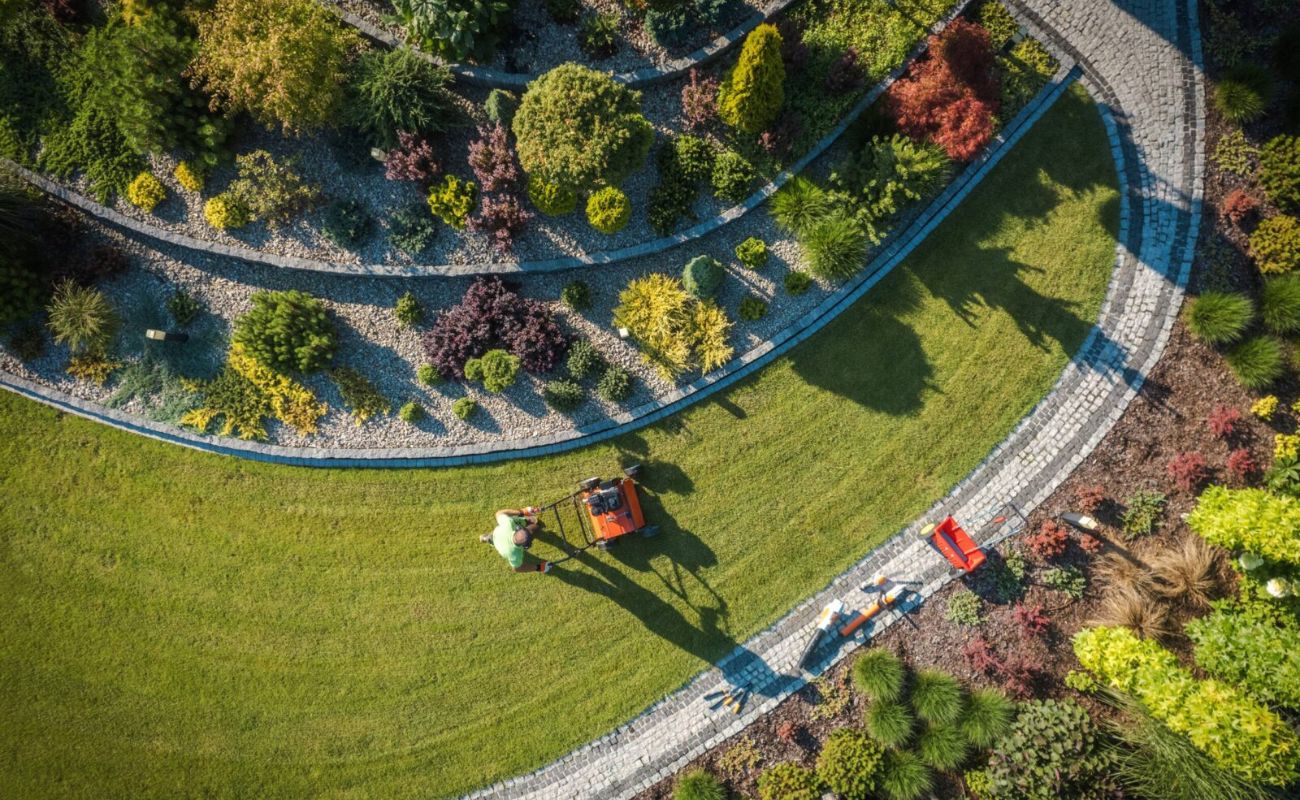

Garden Essentials
What Is Sustainable Landscaping
Modified: March 7, 2024
Learn about the principles and benefits of sustainable landscaping for your garden. Discover eco-friendly practices and techniques to create a beautiful and environmentally friendly outdoor space.
(Many of the links in this article redirect to a specific reviewed product. Your purchase of these products through affiliate links helps to generate commission for Storables.com, at no extra cost. Learn more)
Introduction
Welcome to the world of sustainable landscaping! In recent years, there has been an increasing awareness of the need to protect and preserve our natural environment. Sustainable landscaping is an essential practice that aims to create beautiful and functional outdoor spaces while minimizing the negative impact on the ecosystem. It involves utilizing environmentally-friendly techniques and materials to design and maintain gardens, lawns, and other outdoor areas.
But what exactly does sustainable landscaping mean? How does it benefit both the environment and those who enjoy these spaces? In this article, we will explore the concept of sustainable landscaping, its principles, and the techniques used to create and maintain these eco-friendly landscapes.
Sustainable landscaping goes beyond simply making a garden look aesthetically pleasing. It involves careful consideration of the entire ecosystem and takes into account factors such as water conservation, soil health, plant selection, and wildlife habitat preservation. By applying sustainable practices, we can create a harmonious balance between our outdoor spaces and the natural world.
One of the key principles of sustainable landscaping is the conservation of resources. Traditional landscaping often requires large amounts of water, pesticides, and synthetic fertilizers to maintain plants and lawns. This not only puts a strain on water supplies but also contributes to pollution and the decline of biodiversity. Sustainable landscaping, on the other hand, focuses on reducing water usage, minimizing chemical inputs, and promoting the use of native and drought-resistant plants.
Another crucial aspect of sustainable landscaping is the preservation and improvement of soil health. Healthy soil is the foundation for a thriving garden as it provides essential nutrients and water to plants. Sustainable landscaping practices seek to enhance soil biology, structure, and fertility through techniques like composting, mulching, and minimal soil disturbance.
In addition to the environmental benefits, sustainable landscaping also has numerous economic advantages. By using water-efficient irrigation systems and reducing the need for chemical inputs, homeowners can save on water and maintenance costs. Furthermore, sustainable landscapes can increase the value of a property and attract potential buyers or tenants who appreciate eco-friendly features.
In the following sections, we will delve deeper into the principles and techniques used in sustainable landscaping, exploring topics such as water conservation, plant selection, and pest management. We will also discuss the impact of sustainable landscaping on wildlife and the broader benefits it brings to our communities and ecosystems.
So, whether you are a homeowner, a gardening enthusiast, or a professional landscaper, join us in our journey to discover the wonders of sustainable landscaping. Let’s create outdoor spaces that not only enhance our lives but also contribute to the preservation of our beautiful planet!
Key Takeaways:
- Sustainable landscaping creates beautiful outdoor spaces while conserving water, reducing maintenance costs, and supporting wildlife, contributing to a greener and more sustainable world.
- By using water-efficient irrigation, native plants, and organic pest control, sustainable landscaping promotes biodiversity, enhances property values, and fosters a healthier environment for all.
Definition of Sustainable Landscaping
Sustainable landscaping, also known as eco-friendly or green landscaping, is a practice that seeks to design, create, and maintain outdoor spaces in a way that reduces negative environmental impact and promotes conservation of resources. It goes beyond aesthetics and focuses on the long-term sustainability and health of the ecosystem.
At its core, sustainable landscaping aims to minimize water usage, reduce the reliance on synthetic chemicals, promote biodiversity, and conserve energy. By incorporating these principles into landscaping projects, individuals can create beautiful outdoor spaces that harmonize with and support the natural environment.
While traditional landscaping often prioritizes visual appeal and ornamental plants, sustainable landscaping takes a more holistic approach. It considers the entire ecosystem, from the soil to the surrounding wildlife, and strives to create a balance between human needs and environmental responsibility.
Sustainable landscaping involves a combination of various practices and techniques that work together to achieve these goals. It includes water-conserving irrigation systems, careful plant selection, soil improvement strategies, natural pest and weed control methods, and the preservation and creation of wildlife habitats.
By reducing water usage, sustainable landscaping helps to address the growing issue of water scarcity in many regions. It focuses on utilizing irrigation systems that are efficient and target specific areas, such as drip irrigation or smart irrigation technologies that adjust watering schedules based on weather conditions and soil moisture levels.
Chemical inputs, including synthetic fertilizers and pesticides, are minimized in sustainable landscaping. Instead, the emphasis is on using organic and natural alternatives, such as compost, mulch, and integrated pest management techniques. This not only reduces the potential environmental and health risks associated with chemical use but also supports the overall health of the ecosystem.
Furthermore, sustainable landscaping promotes the use of native and drought-resistant plants. These plants are well-adapted to the local climate and require less water and maintenance compared to exotic or non-native species. They also provide vital habitat and food sources for native wildlife, contributing to the preservation of biodiversity.
In essence, sustainable landscaping seeks to create outdoor spaces that are not only visually appealing but also environmentally responsible. It embraces practices that conserve resources, protect the ecosystem, and promote the well-being of people and wildlife. By adopting these principles, individuals can contribute to a more sustainable future while enjoying the beauty and functionality of their outdoor spaces.
Benefits of Sustainable Landscaping
Sustainable landscaping offers a multitude of benefits, not just for the environment but also for individuals and communities. By embracing eco-friendly practices, we can create outdoor spaces that are not only visually appealing but also contribute to the well-being of our planet. Here are some key benefits of sustainable landscaping:
- Environmental Conservation: Perhaps the most prominent benefit of sustainable landscaping is its positive impact on the environment. By reducing water usage, minimizing chemical inputs, and promoting biodiversity, sustainable landscapes help conserve natural resources, protect ecosystems, and contribute to the overall health of our planet. This is essential in the face of climate change and the need for sustainable practices to mitigate its effects.
- Water Conservation: Sustainable landscaping focuses on water-wise practices that help reduce water usage. Through the use of efficient irrigation systems, such as drip irrigation or smart irrigation technologies, and the inclusion of native and drought-resistant plants, sustainable landscapes can significantly lower water consumption. This not only helps combat water scarcity in regions with limited water resources but also reduces utility costs for homeowners.
- Improved Soil Health: Sustainable landscaping practices prioritize soil health by incorporating techniques such as composting and organic mulching. These practices help improve soil structure, fertility, and water-holding capacity, leading to healthier plants and reduced soil erosion. Healthy soil also acts as a natural filter, preventing pollutants from reaching groundwater and enhancing overall ecosystem health.
- Reduced Chemical Dependency: Unlike traditional landscaping, sustainable landscaping aims to minimize or eliminate the use of synthetic chemicals, such as fertilizers and pesticides. Instead, natural and organic alternatives are favored, which are safer for the environment, wildlife, and human health. This reduces the potential for chemical runoff into waterways and helps maintain a more balanced and resilient ecosystem.
- Enhanced Biodiversity: Sustainable landscapes play a crucial role in preserving and promoting biodiversity. By incorporating native plants, creating wildlife-friendly habitats, and minimizing disruption of natural ecosystems, sustainable landscaping provides valuable resources and shelter for pollinators, birds, and other wildlife. This contributes to the preservation of local biodiversity and helps restore the natural balance in our surroundings.
- Economic Benefits: Sustainable landscaping can lead to significant economic advantages. By reducing water usage and the need for chemical inputs, homeowners can save on utility bills and maintenance costs. Additionally, sustainable landscapes have been shown to increase property values, attract potential buyers or tenants, and create a positive image for businesses that prioritize environmental stewardship.
- Health and Well-being: Living in close proximity to nature has been proven to have numerous physical and mental health benefits. Sustainable landscapes provide opportunities for outdoor recreation, relaxation, and connection with nature, which can improve overall well-being and contribute to stress reduction. Additionally, the absence of harmful chemicals in sustainable landscapes creates a healthier environment for people, pets, and wildlife.
By embracing sustainable landscaping practices, we can create outdoor spaces that not only enhance our lives but also have a positive impact on our environment and future generations. It is a win-win situation where we can enjoy beautiful and functional landscapes while being responsible stewards of the Earth.
Principles of Sustainable Landscaping
Sustainable landscaping is guided by several fundamental principles that aim to create and maintain outdoor spaces in an environmentally responsible and sustainable manner. These principles provide a framework that helps ensure the long-term health and well-being of both the ecosystem and the people who interact with it. Here are the key principles of sustainable landscaping:
- Water Conservation: One of the central principles of sustainable landscaping is the efficient use and conservation of water. By incorporating water-wise practices, such as installing water-efficient irrigation systems and using native or drought-resistant plants, sustainable landscapes minimize water waste and promote responsible water usage. This is particularly important in regions facing water scarcity and helps conserve this precious resource for future generations.
- Native Plants and Biodiversity: Sustainable landscaping emphasizes the use of native plants, which are well-adapted to the local climate, soil conditions, and wildlife interactions. Native plants require less water, fertilizer, and maintenance compared to exotic or non-native species, making them a more sustainable choice. In addition, native plants provide essential habitat and food sources for native wildlife, promoting biodiversity and enhancing the overall health of the ecosystem.
- Soil Health: Healthy soil is the foundation of sustainable landscaping. By using practices that improve soil fertility, structure, and biology, such as composting, mulching, and proper soil preparation techniques, sustainable landscapes support healthy plant growth, reduce erosion, and contribute to overall ecosystem resilience. Healthy soil also enhances water infiltration and retention, reducing the need for irrigation and preventing nutrient runoff into waterways.
- Chemical Reduction: Sustainable landscaping aims to minimize the use of synthetic chemicals, such as fertilizers and pesticides, which can have harmful effects on the environment, wildlife, and human health. Instead, organic and natural alternatives, integrated pest management techniques, and cultural practices are favored to maintain plant health and manage pests and diseases. By reducing the reliance on chemicals, sustainable landscapes create a healthier environment for all living organisms.
- Energy Efficiency: Sustainable landscaping considers energy conservation by strategically placing trees, shrubs, and other vegetation to provide shade, windbreaks, and insulation. This helps reduce the energy required for heating and cooling homes and buildings, ultimately lowering energy consumption and carbon emissions. In addition, sustainable landscapes may incorporate energy-efficient outdoor lighting and utilize renewable energy sources, such as solar-powered features.
- Waste Reduction and Recycling: Sustainable landscaping endeavors to minimize waste generation and promote recycling. Yard waste, such as leaves, grass clippings, and pruned branches, can be composted and used as natural fertilizers, reducing the need for synthetic inputs. In addition, sustainable landscapes may incorporate recycled materials, such as reclaimed wood or crushed concrete, in hardscape elements to reduce the demand for new resources and alleviate pressure on landfills.
- Wildlife Habitat and Conservation: Sustainable landscapes prioritize the creation of wildlife-friendly habitats and the protection of existing natural areas. By providing native plants, nesting sites, and water sources, sustainable landscapes attract and support a diverse range of wildlife, from birds and butterflies to beneficial insects and small mammals. This promotes biodiversity and helps maintain the delicate balance of ecosystems.
By adhering to these principles, individuals can create sustainable landscapes that integrate with the natural environment, conserve resources, enhance biodiversity, and foster a healthier and more resilient ecosystem. Sustainable landscaping strives for a harmonious coexistence between humans and nature, benefiting both present and future generations.
Techniques for Sustainable Landscaping
Sustainable landscaping involves the use of various techniques and practices that promote environmental responsibility and long-term sustainability. These techniques aim to conserve resources, reduce negative environmental impacts, and create aesthetically pleasing and functional outdoor spaces. Here are some key techniques for sustainable landscaping:
- Water-efficient Irrigation: Sustainable landscaping prioritizes the use of water-efficient irrigation systems to minimize water waste. Drip irrigation, for example, delivers water directly to plant roots, reducing evaporation and ensuring targeted water delivery. Smart irrigation technologies, such as weather-based controllers or soil moisture sensors, adjust watering schedules based on environmental conditions and plant needs, further optimizing water use.
- Use of Native and Drought-resistant Plants: Selecting native plants that are well-adapted to the local climate and soil conditions is a cornerstone of sustainable landscaping. Native plants typically require less water, fertilizer, and maintenance compared to exotic or non-native species. Additionally, incorporating drought-resistant plants and using xeriscaping principles, such as grouping plants with similar water needs and using mulch to conserve soil moisture, further reduces water requirements.
- Proper Plant Placement and Design: Strategic placement and design of plants in a landscape can enhance energy efficiency and microclimate regulation. Planting trees and shrubs strategically to provide shade can help reduce the need for cooling in the summer, while planting windbreaks can protect sensitive plants from harsh winds. Additionally, including a variety of plants with different blooming seasons can attract pollinators and provide continuous food sources throughout the year.
- Soil Improvement: Sustainable landscaping focuses on improving soil health to support robust plant growth and minimize the need for synthetic fertilizers. Techniques such as composting organic materials, adding organic matter to the soil, and using cover crops contribute to soil fertility, structure, and water retention. These practices enhance nutrient cycling, reduce erosion, and promote beneficial soil organisms that aid plant health.
- Integrated Pest Management (IPM): Integrated pest management is an approach that seeks to manage pests effectively while minimizing the use of chemical pesticides. IPM involves a combination of techniques, including proper plant selection, regular monitoring for pests and diseases, cultural practices (such as maintaining plant health and ensuring proper spacing), biological controls (such as introducing natural predators), and targeted use of least-toxic pesticides, when necessary.
- Wildlife-friendly Landscaping: Sustainable landscaping aims to create wildlife-friendly habitats by incorporating native plants, providing food sources, water features, and shelter, and minimizing the use of pesticides. Planting a variety of flowering plants, including those that attract pollinators, helps support vital insect populations and promotes biodiversity. Adding bird feeders, birdhouses, and water sources further encourages the presence of wildlife.
- Use of Sustainable Materials: Choosing sustainable materials for hardscape elements, such as decking, fencing, and paving, is an important aspect of sustainable landscaping. Using recycled or reclaimed materials reduces the demand for new resources and diverts waste from landfills. Additionally, selecting locally sourced materials reduces carbon emissions associated with transportation.
- Waste Management and Recycling: Proper waste management plays a role in sustainable landscaping. Composting yard waste, such as grass clippings and pruned branches, creates nutrient-rich compost that can be used as organic fertilizer. Recycling materials, such as plastic containers or plant pots, reduces waste and promotes a more sustainable landscape industry.
By employing these techniques, individuals can create landscapes that are not only beautiful, but also conserve water, support biodiversity, enrich soil health, and reduce chemical usage. Sustainable landscaping practices help foster a healthier and more resilient environment, ensuring the long-term sustainability of our outdoor spaces.
Read more: What Is Landscaping
Water Conservation in Sustainable Landscaping
Water conservation is a crucial aspect of sustainable landscaping. With increasing concerns about water scarcity and the need to reduce water consumption, implementing water-efficient practices in outdoor spaces is essential. By adopting water conservation techniques, we can minimize water waste, protect water resources, and create more sustainable landscapes. Here are some key strategies for water conservation in sustainable landscaping:
- Efficient Irrigation Systems: Installing water-efficient irrigation systems is a cornerstone of water conservation in sustainable landscaping. Drip irrigation and micro-irrigation deliver water directly to the plant roots, reducing evaporation and minimizing water loss. These systems can be designed to provide water precisely where it is needed, ensuring optimal plant health while minimizing water waste.
- Smart Irrigation Technologies: Smart irrigation technologies offer advanced features that optimize water use based on weather conditions and plant needs. Weather-based controllers use local weather data to adjust watering schedules, ensuring irrigation only occurs when necessary. Soil moisture sensors, on the other hand, monitor soil moisture levels and provide real-time feedback to control irrigation, preventing over or underwatering. These technologies help conserve water by avoiding unnecessary irrigation.
- Water Zones and Microclimates: Dividing the landscape into water zones based on plant water needs is an effective water conservation technique. Grouping plants with similar water requirements allows for more efficient watering and minimizes water waste. Additionally, considering microclimates in the landscape design helps match plant needs with specific conditions. For example, planting water-thrifty plants in sunny, well-drained areas and placing more water-demanding plants in shadier or low-lying spots.
- Xeriscaping: Xeriscaping is a landscaping technique that focuses on using low-water plants and design principles to create water-efficient landscapes. By incorporating drought-tolerant plants that are well-suited to the local climate, xeriscaping minimizes water requirements. This technique also includes proper soil preparation, the use of mulch to conserve soil moisture, and efficient irrigation practices such as deep watering and avoiding runoff.
- Water Harvesting: Water harvesting involves capturing and storing rainwater for later use in the landscape. Rain barrels, cisterns, or underground tanks can collect rainwater from rooftops and other surfaces. This stored water can then be used for watering plants during dry periods, thus reducing the reliance on treated tap water. Water harvesting is an effective strategy to conserve water and supplement irrigation needs, especially in regions with limited water resources.
- Soil Amendment and Mulching: Improving soil health through practices like composting and adding organic matter enhances the soil’s ability to retain water. Well-amended soil with good structure and increased organic matter holds moisture more effectively, reducing the need for frequent irrigation. Additionally, applying mulch around plants acts as a barrier, reducing evaporation, suppressing weed growth, and keeping the soil cool, further conserving water.
- Proper Maintenance: Regular maintenance practices, such as adjusting irrigation schedules based on weather conditions, monitoring plant health, and promptly fixing leaks or broken irrigation systems, are essential for water conservation. By ensuring that irrigation systems operate efficiently and that plants receive the appropriate amount of water, water waste can be minimized, leading to significant water savings.
By implementing these water conservation strategies, sustainable landscapes can significantly reduce water usage, protect water sources, and contribute to a more sustainable and water-conscious environment. Water-wise practices not only benefit the ecosystem but also reduce water bills, conserve valuable resources, and promote responsible water usage for a greener future.
When practicing sustainable landscaping, choose native plants that require less water and maintenance, and use organic fertilizers to minimize environmental impact.
Plant Selection for Sustainable Landscaping
Plant selection plays a crucial role in sustainable landscaping as it directly impacts the water consumption, maintenance requirements, and overall health of the landscape. By choosing the right plants for a specific climate and site conditions, we can create environmentally-friendly landscapes that thrive with minimal resources. Here are some key considerations for plant selection in sustainable landscaping:
- Native Plants: Native plants are species that naturally occur in a particular region and have adapted to the local climate, soil conditions, and wildlife interactions. Choosing native plants for sustainable landscaping offers numerous benefits. They are well-suited to the local environment, requiring less water and maintenance compared to non-native species. Additionally, native plants provide habitat and food sources for local wildlife, promoting biodiversity and ecosystem health.
- Drought-Tolerant Plants: Selecting drought-tolerant plants is crucial for water conservation in sustainable landscaping, particularly in regions prone to water scarcity or limited rainfall. These plants have the ability to survive with minimal irrigation once established. They are typically equipped with features such as deep root systems, succulent leaves, or waxy coatings that reduce water loss. Incorporating drought-tolerant plants helps minimize water requirements and reduces the reliance on supplemental irrigation.
- Plant Diversity: Including a diverse range of plant species in the landscape contributes to its resilience and overall sustainability. A diverse mix of plants provides multiple layers of foliage, attracts a variety of beneficial insects and pollinators, and reduces the risk of disease and pest outbreaks. By avoiding the extensive planting of a single species, known as monoculture, plant diversity enhances the health and longevity of the landscape.
- Plant Hardiness: Consider the hardiness of plants in relation to the local climate. Choosing plants that are well-suited to the temperature extremes, precipitation patterns, frost dates, and soil conditions of the region helps ensure their successful establishment and long-term survival. Hardy plants are more resilient to fluctuating weather conditions, reducing the need for intensive maintenance and increasing the chances of a sustainable and thriving landscape.
- Plant Placement: Placement of plants is essential for their success and resource efficiency. Consider the specific needs of each plant, including light requirements, soil moisture preferences, and mature size. Plant taller species strategically to provide shade for smaller, more delicate plants, which reduces evaporation and soil moisture loss. Grouping plants with similar water and light needs together allows for more efficient irrigation and maintenance practices.
- Plant Lifespan: Selecting plants with a longer lifespan minimizes the need for frequent replacements and associated resource consumption. Some plants, such as trees and shrubs, have a longer lifespan compared to annual or biennial plants. By incorporating long-lived plant species, sustainable landscapes can reduce maintenance requirements and contribute to the overall stability and longevity of the ecosystem.
- Non-Invasive Species: When choosing plants, it is important to consider their potential invasiveness. Invasive plant species can outcompete native vegetation, disrupt natural ecosystems, and require excessive maintenance to control their spread. It is best to avoid planting invasive species and instead focus on native or non-invasive plant choices that coexist harmoniously with the local environment.
- Plant Size: Consider the mature size of plants when selecting appropriate species for the landscape. Planting trees and shrubs that are proportionate to the site and nearby structures ensures their long-term health and reduces the need for severe pruning or removal. By allowing sufficient space for plants to grow and spread, the overall maintenance needs are reduced, while their aesthetic and functional roles in the landscape are maximized.
By carefully considering these factors and selecting appropriate plant species, sustainable landscapes can thrive with minimal inputs, support local wildlife, and contribute to the overall health and beauty of the environment. Plant selection in sustainable landscaping is a thoughtful and strategic process that creates harmonious and resilient outdoor spaces.
Soil Improvement in Sustainable Landscaping
Soil health is a fundamental aspect of sustainable landscaping. Healthy soil provides a fertile and supportive environment for plants, promotes efficient water use, and enhances ecosystem resilience. By implementing soil improvement techniques, we can create sustainable landscapes that thrive and require minimal inputs. Here are some key strategies for soil improvement in sustainable landscaping:
- Composting: Composting is the process of decomposing organic materials, such as yard waste, kitchen scraps, and plant trimmings, to produce nutrient-rich compost. Compost improves soil structure, enhances nutrient availability, and enhances water-holding capacity. Adding compost to the soil provides essential organic matter, microorganisms, and nutrients, fostering healthy plant growth and reducing the need for synthetic fertilizers.
- Mulching: Applying mulch around plants helps conserve soil moisture, suppress weed growth, and regulate soil temperature. Organic mulches, such as wood chips, straw, or shredded leaves, gradually break down, adding organic matter to the soil and improving its fertility. Mulching also prevents soil erosion, promotes beneficial soil organisms, and creates a more favorable environment for plant roots.
- Minimal Soil Disturbance: Excessive soil disturbance, such as tilling, can disrupt the soil structure, disturb beneficial soil organisms, and promote weed growth. In sustainable landscaping, minimizing soil disturbance is encouraged. Instead of tilling, consider practices like sheet mulching or lasagna gardening, where layers of organic material are added directly to the soil surface. These techniques promote soil health and preserve its natural structure.
- Cover Crops: Cover crops, also known as green manure crops, are planted specifically to improve soil health and fertility during fallow periods or as a rotational crop. They help prevent soil erosion, suppress weed growth, and add organic matter and nutrients to the soil when they are incorporated or left as a cover. Leguminous cover crops, such as clover or hairy vetch, can also fix atmospheric nitrogen, reducing the need for nitrogen-based fertilizers.
- Soil Testing: Regular soil testing is essential to determine the nutrient content and pH level of the soil. This information helps in making informed decisions about soil amendments and fertilization. Soil testing can identify nutrient deficiencies or imbalances, allowing for targeted and more efficient use of fertilizers or organic amendments. By maintaining balanced soil fertility, sustainable landscapes reduce nutrient runoff and promote optimal plant growth.
- Proper Watering: Overwatering or inadequate watering can negatively impact soil health. Proper watering practices, such as deep watering, promote deep root growth and prevent soil surface drying. This helps create a more robust and drought-tolerant root system. The goal is to apply water slowly and deeply to encourage roots to reach deeper into the soil, where they can access moisture and nutrients more efficiently.
- Avoiding Chemical Overuse: Excessive use of synthetic fertilizers and pesticides can harm soil health by killing beneficial soil organisms and disrupting the natural balance of the ecosystem. In sustainable landscaping, it is essential to minimize chemical inputs and opt for organic or natural alternatives. Integrated pest management techniques, organic amendments, and cultural practices help maintain soil health without relying on synthetic chemicals.
- Protecting Soil Structure: Protecting the physical structure of the soil is crucial for sustainable landscapes. Avoid excessive compaction by incorporating pathways or steppingstones to reduce foot traffic on planting beds. Compacted soil restricts root growth and hampers water infiltration. Promoting a loose and friable soil structure allows water, air, and nutrients to move freely, creating a healthier environment for plants.
By implementing these soil improvement strategies, sustainable landscapes can enhance soil health, promote plant vigor, reduce water requirements, and minimize the need for synthetic inputs. Healthy soil forms the foundation for a thriving landscape, promoting ecological balance and contributing to a more sustainable and resilient environment.
Pest and Weed Management in Sustainable Landscaping
Pest and weed management is an important aspect of sustainable landscaping, ensuring the health and vitality of plants while minimizing the environmental impact of pesticide use. Sustainable pest and weed management techniques aim to prevent and control these challenges in an ecologically responsible manner. By adopting integrated pest management (IPM) strategies and alternative weed control methods, we can create sustainable landscapes that thrive naturally. Here are some key approaches for pest and weed management in sustainable landscaping:
- Integrated Pest Management (IPM): IPM is an approach that focuses on preventing and managing pests through a combination of strategies. It involves monitoring and identifying pests, setting action thresholds, implementing cultural practices, using mechanical controls, and utilizing biological and chemical controls only when necessary. The goal is to minimize the use of chemical pesticides and prioritize environmentally-friendly pest management techniques.
- Cultural Practices: Cultural practices play a fundamental role in sustainable pest management. Proper plant selection, placement, and maintenance practices promote plant health and make them less susceptible to pests and diseases. This includes choosing pest-resistant plant varieties, providing adequate spacing to improve air circulation, watering plants at the appropriate times, and ensuring overall plant hygiene through regular pruning and removing dead or diseased plant material.
- Biological Controls: Biological controls involve the use of natural enemies of pests, such as beneficial insects, predators, or parasites, to keep their populations in check. Encouraging these natural predators, such as ladybugs, lacewings, or birds, helps maintain a balanced ecosystem and reduce reliance on chemical pesticides. To attract beneficial insects, provide them with nectar-rich flowers and shelter in the form of native plantings or insect houses.
- Mechanical Controls: Mechanical controls involve physically removing pests from plants or using physical barriers to prevent them from causing damage. This can include handpicking pests, installing insect traps, using netting or row covers to protect plants from insects or animals, or employing methods like vacuuming or hosing off pests with water sprays. Mechanical controls are effective, targeted, and have minimal impact on the environment.
- Organic and Natural Pesticides: When chemical controls are necessary, sustainable landscaping promotes the use of organic and natural pesticides as an alternative to synthetic pesticides. These products, derived from natural sources such as oils, soaps, or plant extracts, have fewer negative environmental impacts and are less harmful to beneficial insects, wildlife, and human health. However, it is essential to use them sparingly and strictly according to instructions.
- Weed Control Methods: Sustainable weed management focuses on preventing weed growth and reducing their competition with desirable plants. This can be achieved through strategies such as mulching, hand weeding, or weed fabric/landscape fabric. Mulching with organic materials not only conserves soil moisture but also inhibits weed germination and growth. Regularly inspecting and manually removing weeds before they go to seed prevents their spread and reduces the need for herbicides.
- Preventive Measures: Prevention is key in sustainable pest and weed management. This includes practicing good sanitation by removing plant debris, rotating crops to disrupt pest life cycles, using disease-resistant plant varieties, and implementing proper watering and fertilization practices to maintain plant health. By focusing on preventive measures, the occurrence of pest and weed problems can be minimized.
- Education and Monitoring: Continuous education and monitoring are vital components of sustainable pest and weed management. Stay informed about common pests and diseases in your region and learn about their life cycles and natural enemies. Regularly inspect plants for signs of pests or diseases and take timely action when necessary. By being proactive and knowledgeable, sustainable landscapes can maintain a healthy balance and minimize the need for interventions.
By adopting these pest and weed management strategies, sustainable landscapes can effectively control pests and weeds while minimizing the use of chemical pesticides. This approach fosters a healthy ecosystem, promotes biodiversity, and ensures the long-term sustainability of our outdoor spaces.
Read more: What Is Commercial Landscaping
Impact of Sustainable Landscaping on Wildlife
Sustainable landscaping has a positive and significant impact on wildlife, providing vital habitats and resources for a variety of species. By incorporating native plants, creating diverse ecosystems, and minimizing chemical inputs, sustainable landscapes promote biodiversity and support the well-being of wildlife. Here are some key ways in which sustainable landscaping benefits wildlife:
- Habitat Creation: Sustainable landscapes provide essential habitat for wildlife, ranging from insects to birds, mammals, and amphibians. Native plants play a crucial role in supporting local wildlife by providing food, shelter, and nesting sites. The diverse structure and plant composition of sustainable landscapes offer a wide range of habitats, from grasslands and meadows to wetlands and forested areas, which attract and support a variety of species.
- Food Sources: Native plants in sustainable landscapes serve as valuable food sources for wildlife. They produce nectar, pollen, seeds, berries, and foliage that many species rely on for sustenance. By incorporating a variety of native plant species with different bloom times and fruiting periods, sustainable landscapes ensure a continuous supply of food throughout the year, supporting pollinators, birds, and other wildlife.
- Pollinator Support: Sustainable landscapes are beneficial for pollinators such as bees, butterflies, and hummingbirds. Native flowering plants in these landscapes offer rich sources of nectar and pollen, supporting pollinator populations. Pollinators play a crucial role in plant reproduction and seed production, contributing to the overall health and diversity of ecosystems. Sustainable landscaping practices protect and enhance pollinator habitat, ensuring their continued survival and importance in food production.
- Water Sources: Sustainable landscapes can incorporate water features such as birdbaths, ponds, or rain gardens, providing essential water sources for wildlife. These features attract various species, including birds, insects, and amphibians, which rely on water for drinking, bathing, and reproduction. The presence of water sources within sustainable landscapes helps support diverse wildlife populations and contributes to the overall ecological balance.
- Reduction of Chemical Exposure: Minimizing or eliminating the use of synthetic pesticides and fertilizers in sustainable landscapes reduces exposure to harmful chemicals for wildlife. By adopting organic and natural pest control methods, sustainable landscapes provide a safer and healthier environment for birds, insects, and other animals. This helps maintain the balance of beneficial insects and predators, ensuring a natural means of pest control without disrupting the broader ecosystem.
- Wildlife Corridors: Sustainable landscapes can serve as important wildlife corridors, connecting habitat fragments and allowing for the movement of wildlife across larger landscapes. By designing landscapes with connectivity in mind, sustainable landscapes help facilitate species movement and gene flow, reducing the negative impacts of fragmentation and supporting population viability.
- Education and Awareness: Sustainable landscapes play a role in raising awareness about the importance of wildlife conservation. They serve as educational tools, showcasing the vast range of wildlife that can thrive in these environments. By inviting people to observe and appreciate wildlife in their own backyards, sustainable landscapes foster a sense of appreciation for nature and encourage further conservation efforts to protect and preserve wildlife habitats.
Through their provision of critical habitat, food sources, water, and reduced chemical exposure, sustainable landscapes create valuable and thriving ecosystems that support biodiversity and coexistence with wildlife. By embracing sustainable landscaping practices, we contribute to the conservation of wildlife, helping to maintain the delicate balance of our ecosystems for future generations.
Economic Value of Sustainable Landscaping
Sustainable landscaping offers numerous economic benefits for homeowners, businesses, and communities. Beyond the environmental advantages, sustainable landscapes can positively impact property values, reduce maintenance costs, and enhance the overall economic well-being of individuals and society. Here are some key economic values of sustainable landscaping:
- Water Savings: Sustainable landscaping practices help conserve water, resulting in significant cost savings. By utilizing water-efficient irrigation systems, incorporating drought-resistant plants, and implementing proper watering techniques, homeowners and businesses can reduce their water bills. The cumulative effect of responsible water use in sustainable landscapes contributes to lower demand on local water supplies, benefiting the community as a whole.
- Reduced Maintenance Costs: Sustainable landscapes often require less maintenance compared to traditional landscapes. Native and drought-tolerant plants, once established, typically require less pruning, fertilization, and pest management. Additionally, the use of mulch and other water-saving techniques minimizes the need for regular irrigation and weeding. Reduced maintenance requirements lead to lower labor and material costs, resulting in long-term savings for homeowners and businesses.
- Increased Property Values: Sustainable landscapes have been shown to enhance property values. Well-designed and visually appealing sustainable landscapes create curb appeal and attract potential buyers or tenants who value eco-friendly features. Studies have indicated that properties with sustainable landscapes can command higher selling prices and rent premiums compared to those with traditional landscapes. Investing in sustainable landscaping can provide a significant return on investment in terms of increased property value.
- Energy Savings: Sustainable landscapes can contribute to energy savings, particularly in residential settings. Strategically planted trees, shrubs, and vegetation can provide shade, reduce solar heat gain, and enhance natural cooling. This can lead to reduced energy consumption for air conditioning during the hotter months. By designing landscapes that optimize energy efficiency, homeowners can lower their utility bills and decrease their carbon footprint.
- Improved Air Quality: Sustainable landscapes contribute to improved air quality, which has economic benefits for communities. Trees and plants filter pollutants, produce oxygen, and help mitigate the effects of climate change. Cleaner air supports healthier communities and reduces healthcare costs associated with air pollution-related illnesses. Sustainable landscaping efforts, such as planting trees in urban areas, can have a positive impact on public health and well-being.
- Job Creation: The adoption of sustainable landscaping practices can stimulate job creation in various sectors. The demand for professionals specializing in sustainable landscaping design, installation, and maintenance continues to grow. Additionally, the use of sustainable landscaping practices supports local nurseries, greenhouses, and suppliers of native and drought-resistant plant materials. This helps bolster the local economy and create employment opportunities in the green industry.
- Community Enhancement: Sustainable landscapes contribute to the overall quality of life in communities. Beautiful and well-maintained green spaces provide opportunities for outdoor recreation, social interactions, and a sense of community pride. Parks, community gardens, and sustainable public landscapes attract visitors, boost tourism, and support local businesses. These factors can have a positive ripple effect on local economies and contribute to a vibrant and sustainable community.
Sustainable landscaping provides not only environmental benefits but also significant economic value. By conserving water, reducing maintenance costs, increasing property values, promoting energy savings, supporting job creation, and enhancing community well-being, sustainable landscapes offer long-term economic advantages for individuals and society as a whole.
Conclusion
Sustainable landscaping is not just a trend; it is a necessity in our ever-changing world. With increasing environmental concerns and the need for resource conservation, sustainable landscaping practices have become vital in creating and maintaining outdoor spaces that are not only visually stunning but also environmentally responsible. By embracing sustainable landscaping, we can make a positive impact on the health of our planet, support biodiversity, and enhance our quality of life.
Throughout this article, we have explored the various aspects of sustainable landscaping, from water conservation and plant selection to soil improvement and pest management. We have learned that sustainable landscaping emphasizes the need to conserve resources, protect ecosystems, and minimize negative environmental impacts. Through proper plant selection, water-efficient irrigation systems, soil enrichment techniques, and responsible pest management, we can create landscapes that function harmoniously with nature.
The benefits of sustainable landscaping are far-reaching. Not only does it contribute to water conservation and reduce maintenance costs, but it also increases property values and enhances the overall economic well-being of individuals and communities. By implementing energy-efficient practices, sustainable landscapes can even contribute to reducing carbon emissions and improving air quality.
Furthermore, sustainable landscaping has a profound impact on wildlife, providing essential habitats and resources for a diverse range of species. By incorporating native plants, supporting pollinators, and minimizing chemical inputs, sustainable landscapes promote biodiversity and help maintain the delicate balance of our ecosystems. They create thriving environments where wildlife can flourish, contributing to the preservation of our natural heritage.
In conclusion, sustainable landscaping is not just about aesthetics; it is about creating outdoor spaces that are in harmony with nature and promote environmental stewardship. By adopting sustainable practices in our landscapes, whether it be in residential yards, public spaces, or commercial developments, we can make a positive difference in conserving resources, supporting biodiversity, and enhancing our overall well-being. Together, we can create a sustainable future where our outdoor spaces are not just beautiful and functional, but also serve as a testament to our commitment to a greener and more sustainable world.
Frequently Asked Questions about What Is Sustainable Landscaping
Was this page helpful?
At Storables.com, we guarantee accurate and reliable information. Our content, validated by Expert Board Contributors, is crafted following stringent Editorial Policies. We're committed to providing you with well-researched, expert-backed insights for all your informational needs.
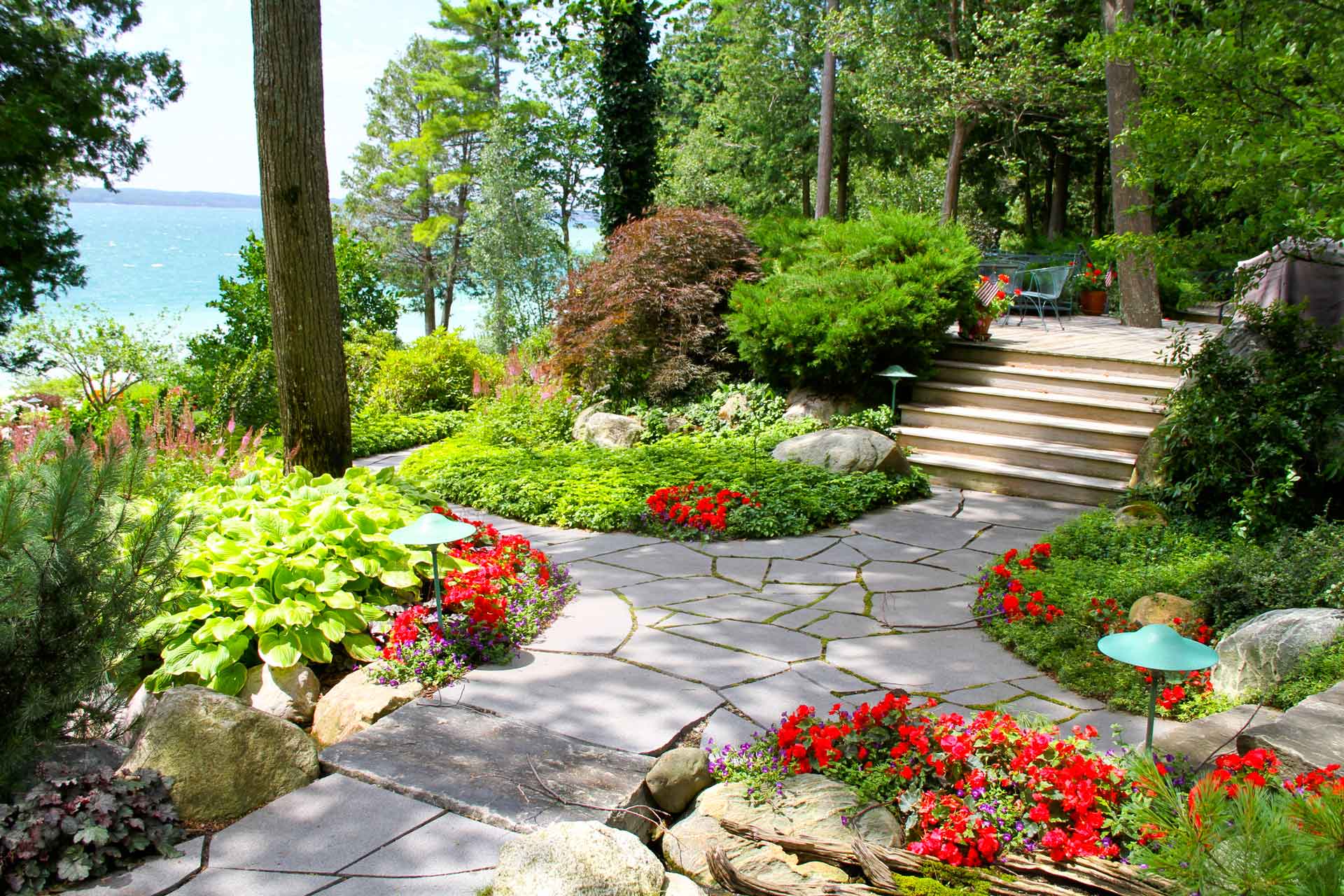
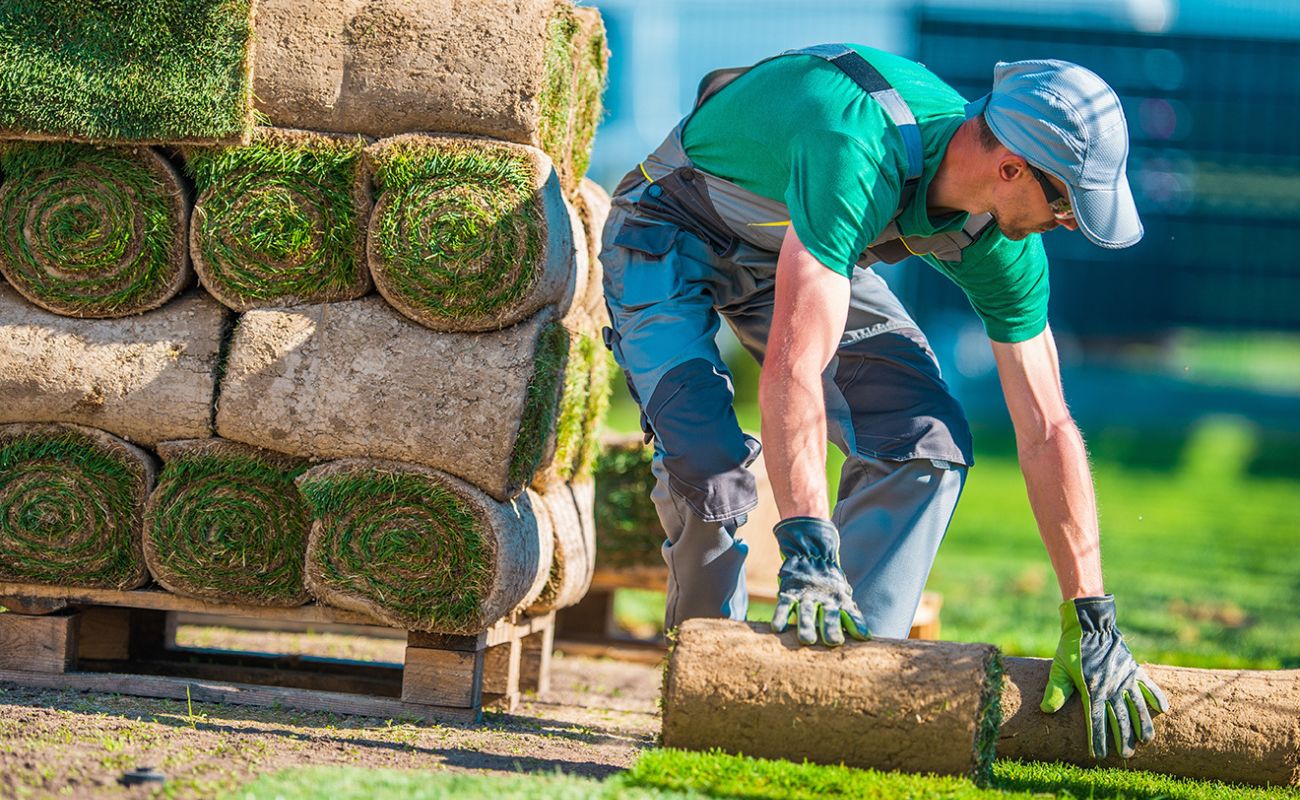

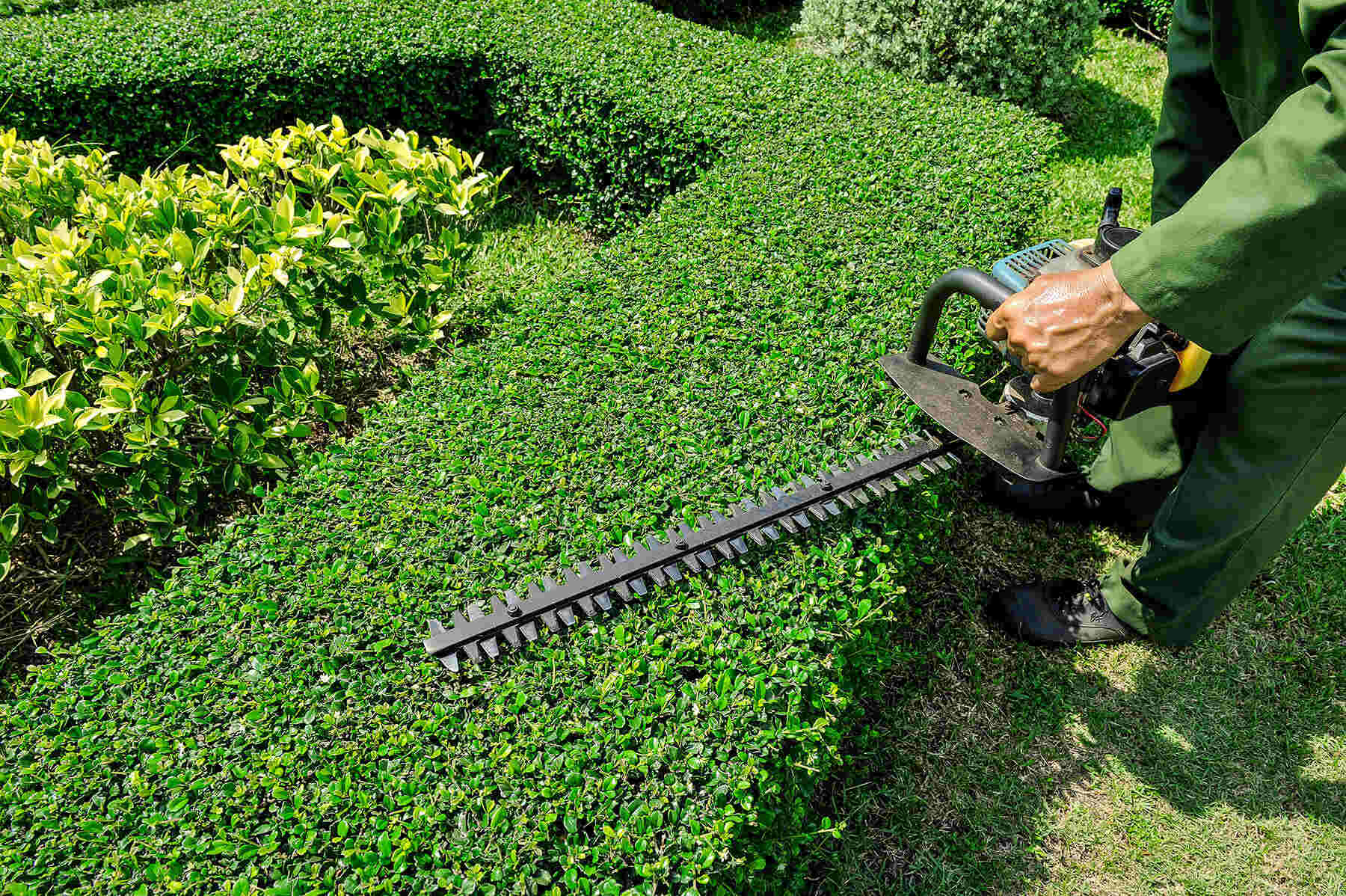

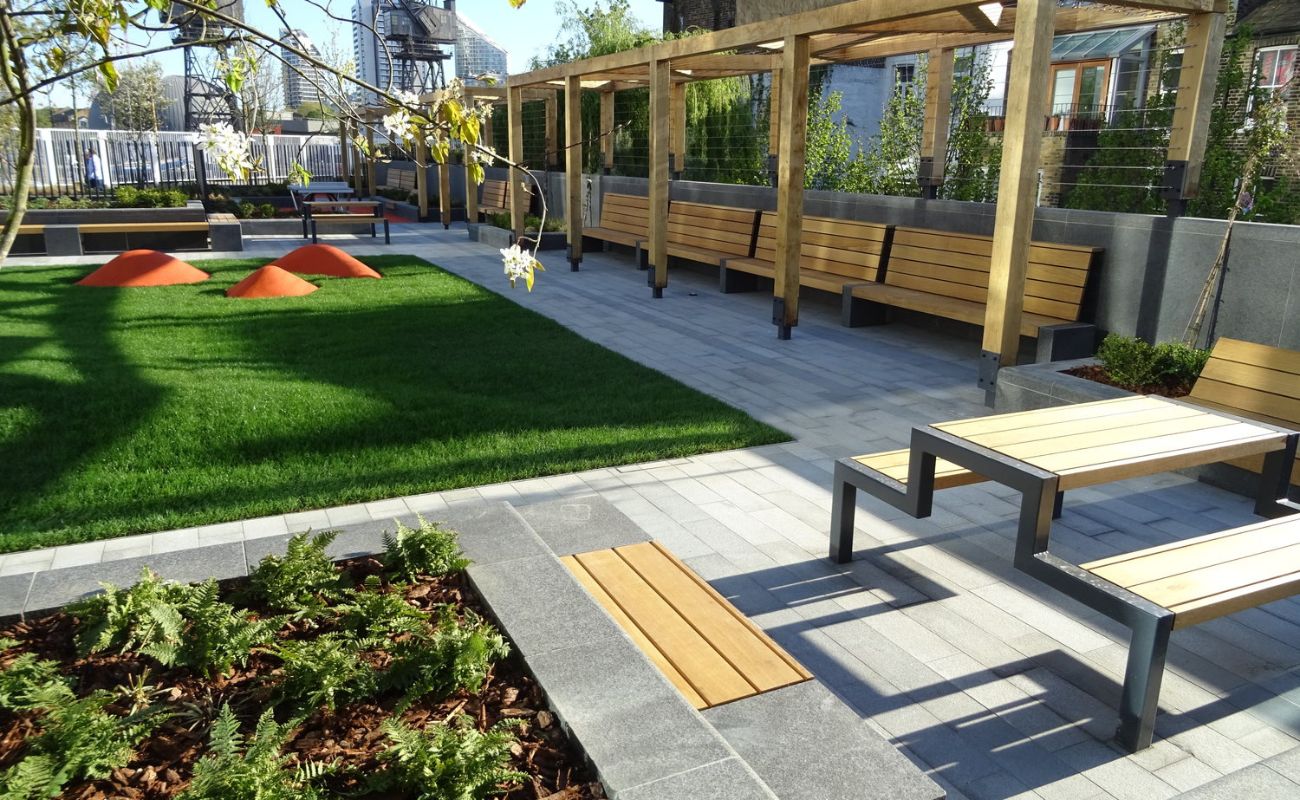
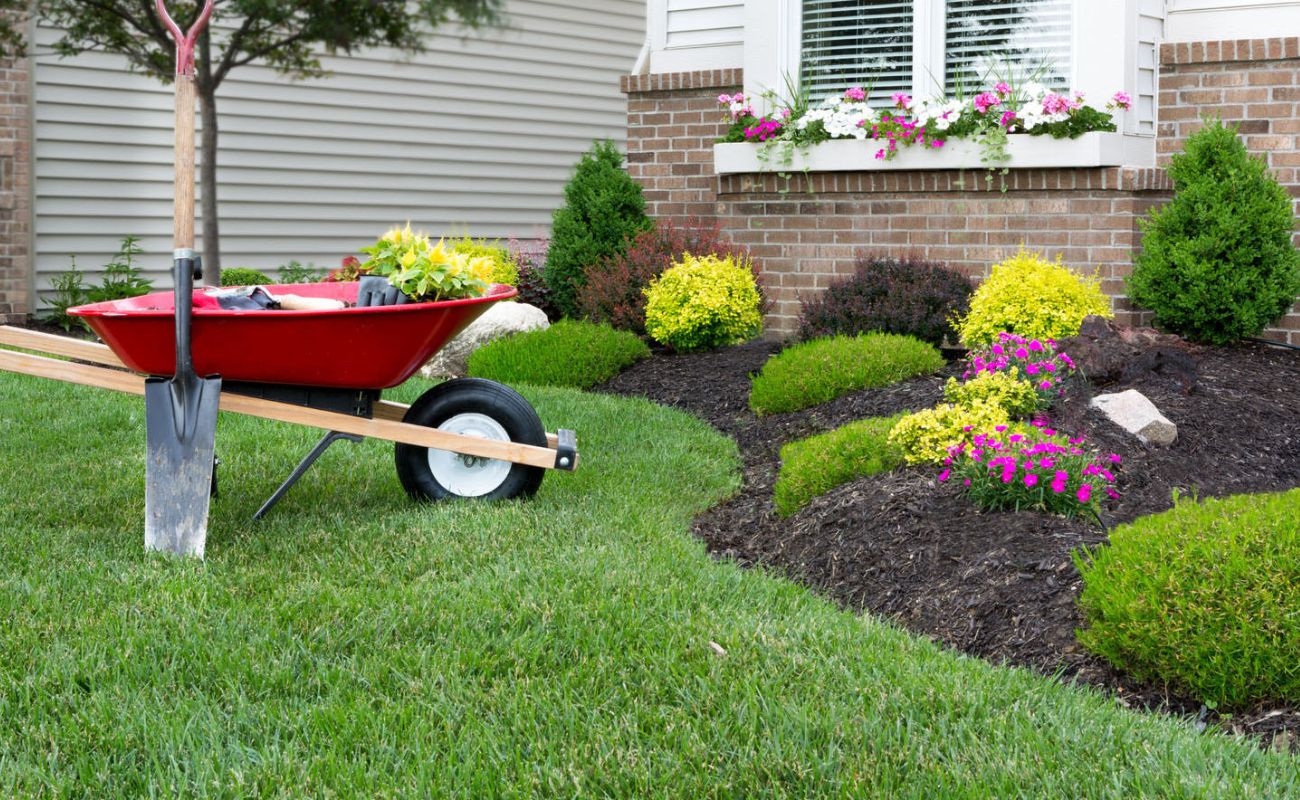
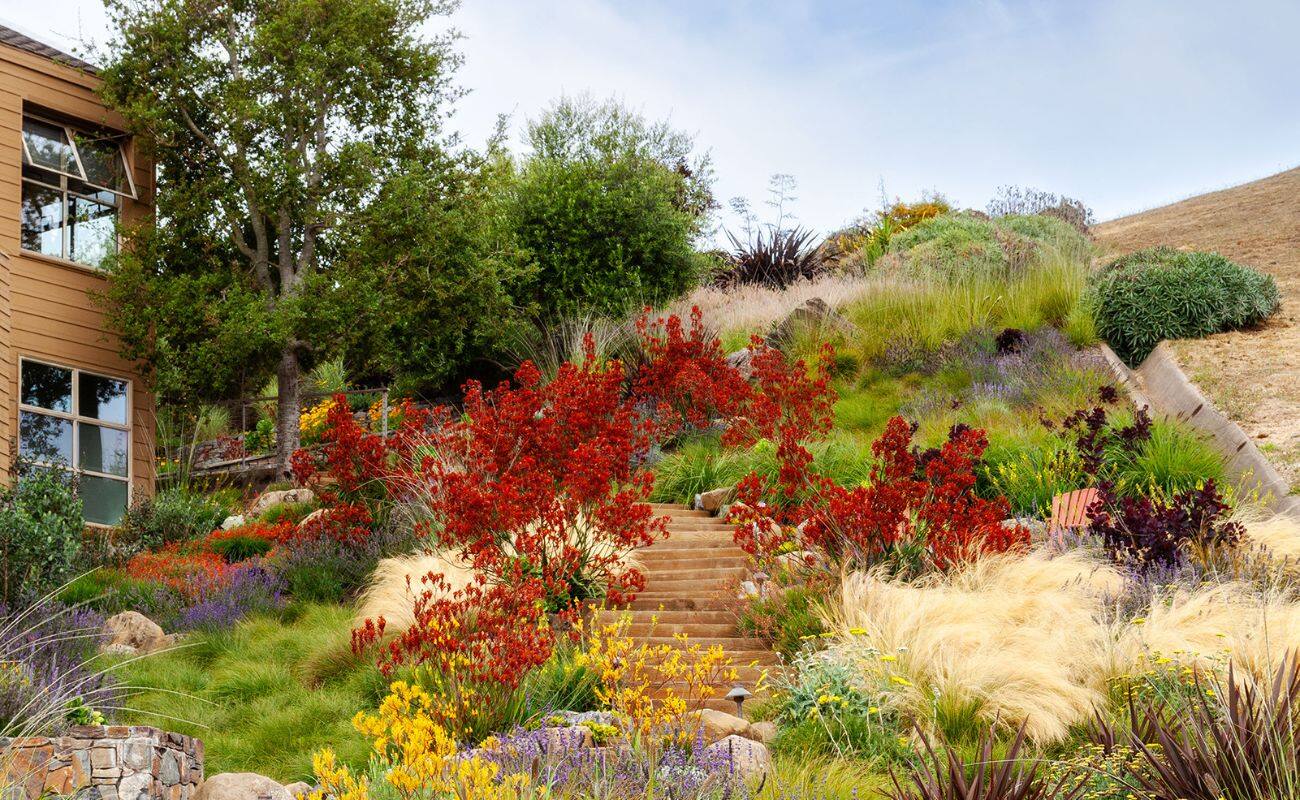
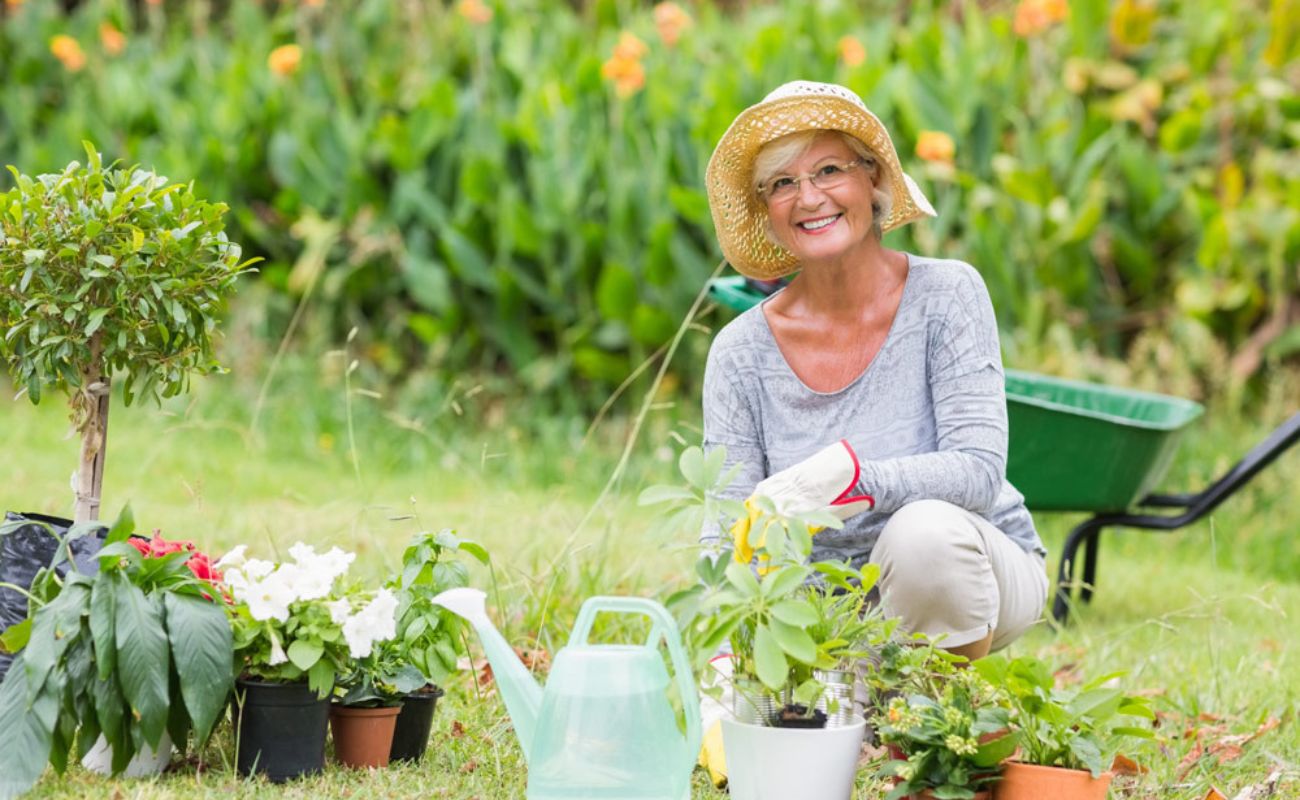
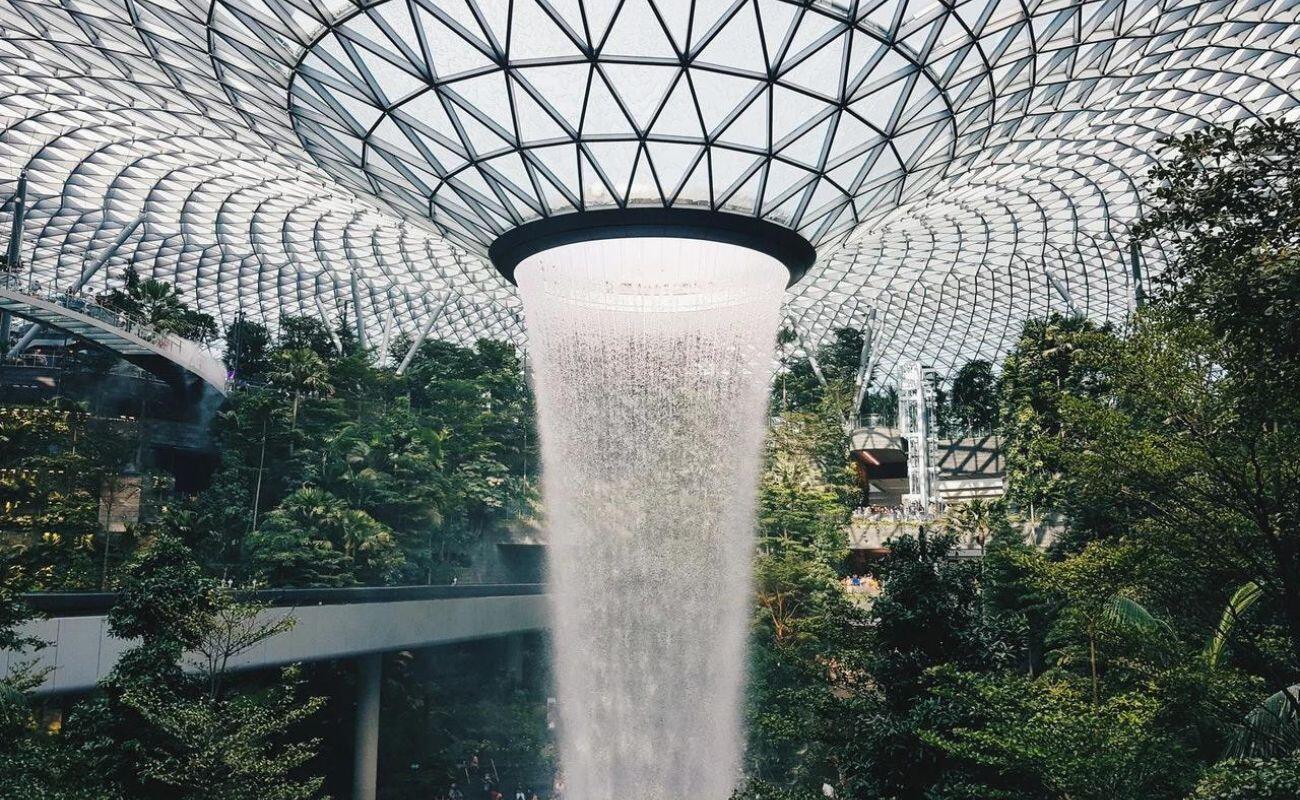
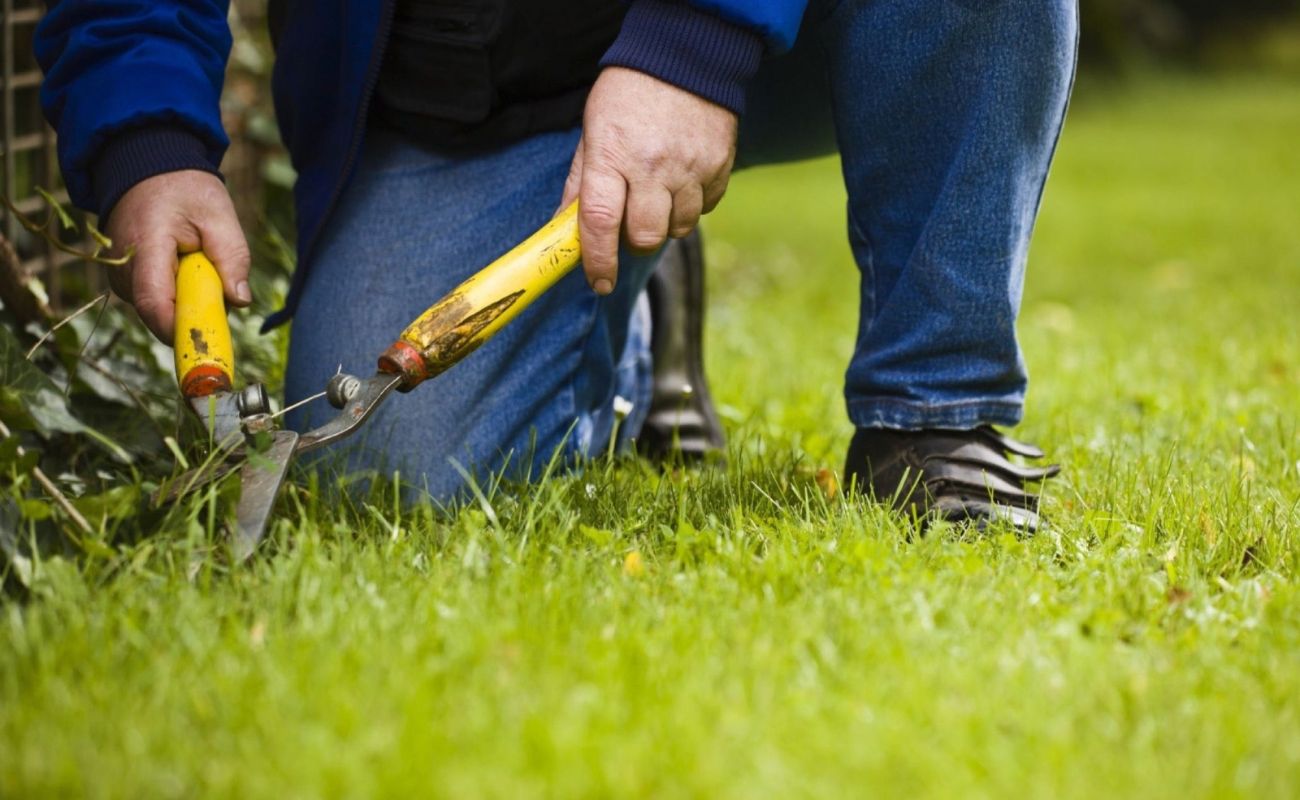
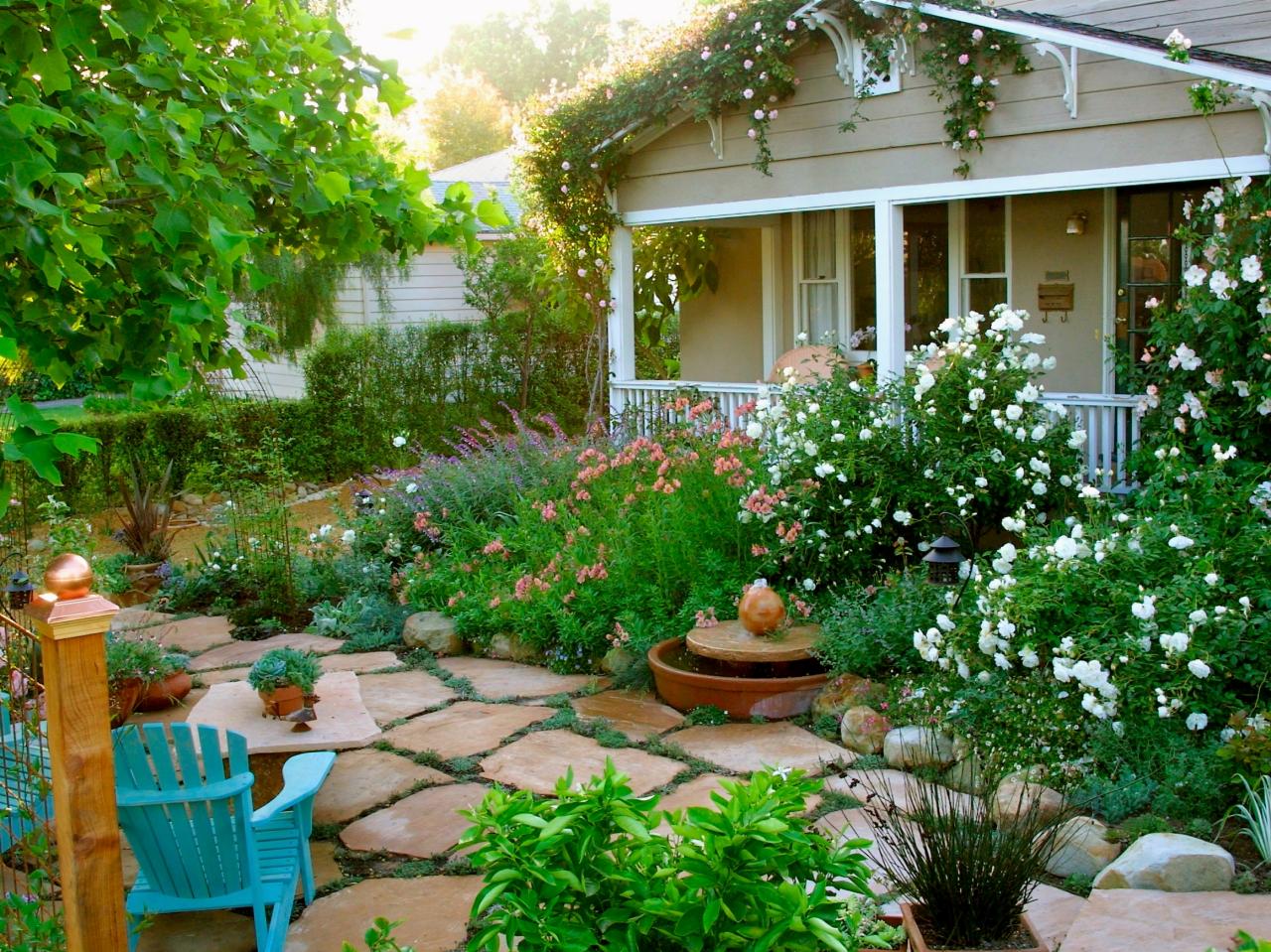
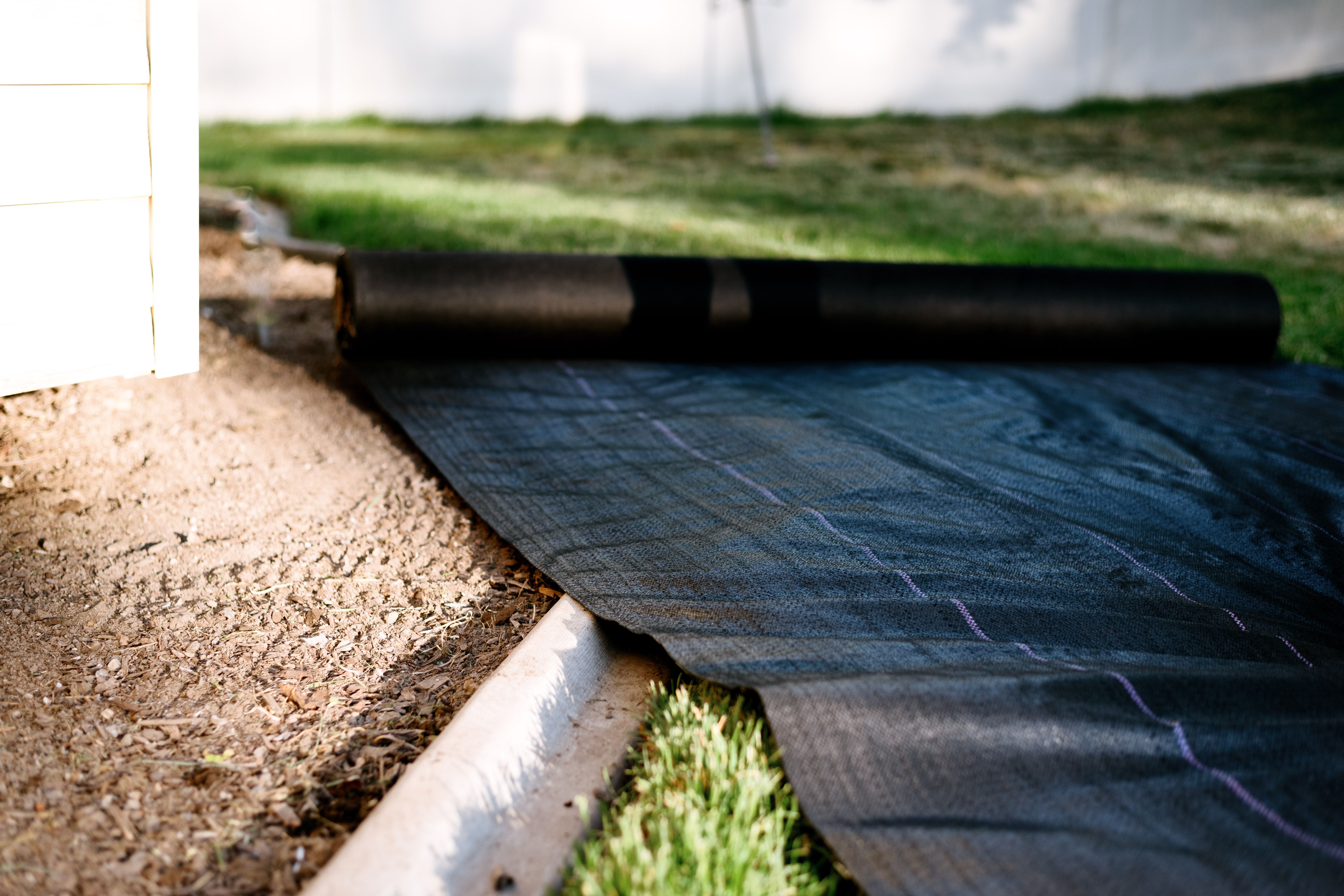

0 thoughts on “What Is Sustainable Landscaping”